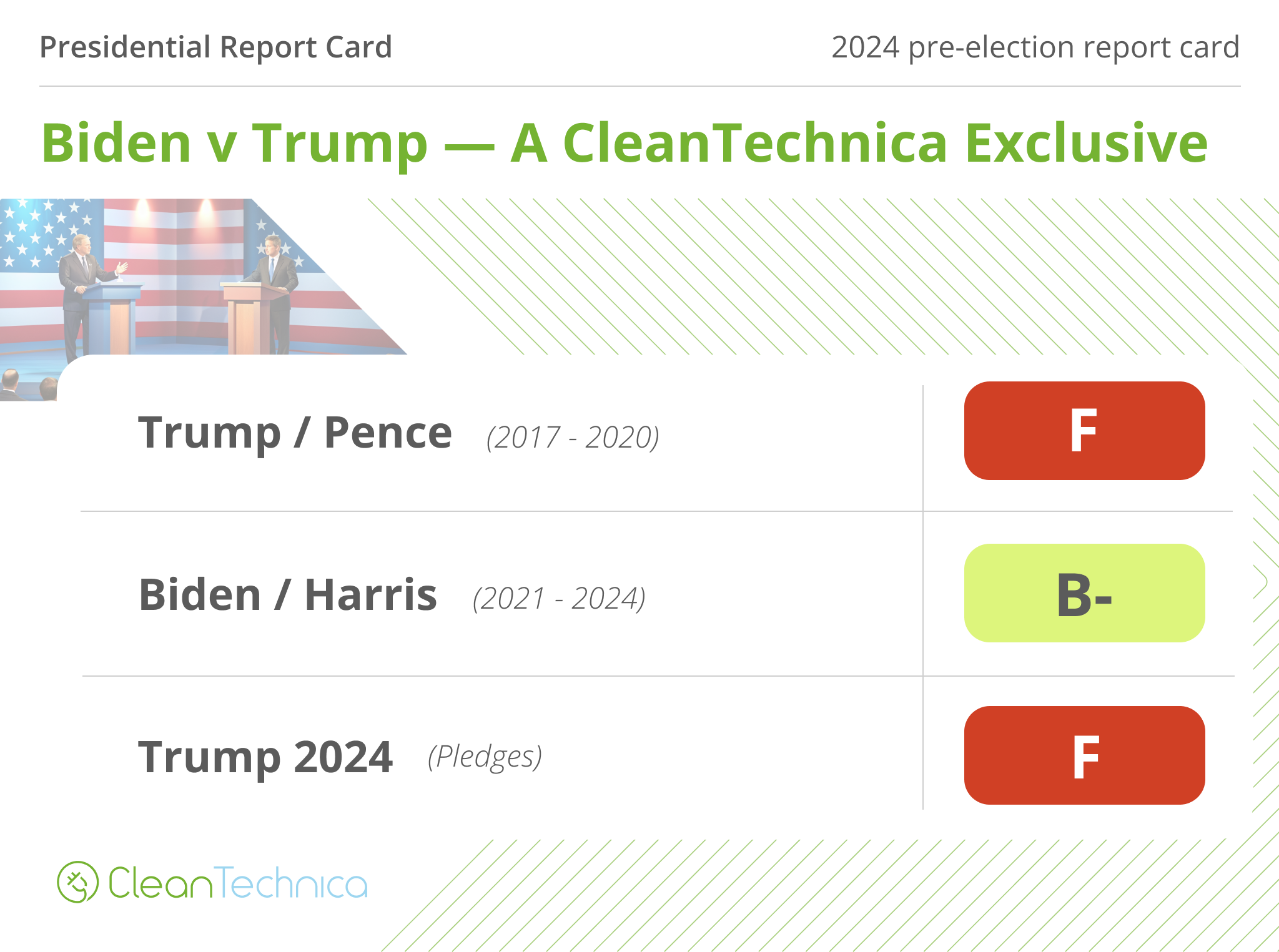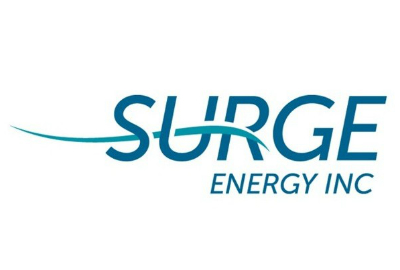
State officials in Georgia have answered the call to fight against renewable energy, but apparently not all of their representatives in Washington got the memo. In the latest instance of energy policy disconnect, both of Georgia’s Senators — one Democrat and one Republican — have locked arms to support a national hydrogen aviation strategy and a regional green hydrogen hub, too.
How Zero Is Zero Emission Hydrogen Aviation?
To be clear, the two Senators, Democrat Jon Ossoff and Republican Lindsay Graham, probably have different motives for promoting hydrogen aviation. Hydrogen is a zero emission “fuel” when used to generate electricity in a fuel cell. Hydrogen also produces no carbon emissions when burned in an internal combustion engine. However, those are just tailpipe emissions. Supply chain emissions are where the rubber hits the road, and fossil energy is where Democrats (well, most Democrats) and Republicans split.
Natural gas is currently the source of 95% of the hydrogen produced in the US. Along with a smaller measure of coal, natural gas is also the primary source of the global hydrogen supply.
That is beginning to change as the emerging green hydrogen industry flexes its muscles. Most of the activity in the green hydrogen area involves pushing from water with electrolysis systems, powered by wind turbines, solar panels, or other renewable energy systems. Landfill gas and other renewable sources are also in play.
In addition, the nation’s fleet of nuclear power plants has been discussed as a non-fossil power source for electrolysis systems. That’s of interest in Georgia where the Hatch and Vogtle nuclear plants supply 20% of its electricity. A local electrolysis-based hydrogen aviation fuel industry could help justify the continued operation of both facilities, especially the newly minted Vogtle Unit 3.
The First Rule About Climate Change Is, Don’t Talk About Climate Change
Green hydrogen has the potential to be a climate change game-changer, but climate change and green hydrogen are not mentioned by name in Senator Ossoff’s press release announcing the introduction of the aviation bills on June 9. Senator Graham chipped in a quote, but apparently did not put out a release of his own.
Instead of highlighting climate change, the Ossoff press release focuses on two direct benefits of a hydrogen aviation industry. One is reducing air and noise pollution. That presumably would have a positive impact on workforce health and community relations, which would help ease the way for airport expansions and other industry growth. The other focus is on improving operational efficiency, which could help make the industry make more money.
“Hydrogen energy is a promising opportunity to create Georgia jobs, strengthen American energy security, and reduce greenhouse gas emissions in multiple sectors, including transportation,” said Senator Ossoff, which is as close as it comes to talking about climate change without talking about climate change.
Similarly, Senator Graham stated that “our legislation aims to empower manufacturers and agencies to consider various power solutions including hydrogen.”
Piling One Hydrogen Strategy Onto Another
The twin legislative effort consists of the Hydrogen Aviation Development Act and the Hydrogen Aviation Strategy Act.
The Development Act is aimed at the near-term benefit of making hydrogen eligible for grants under Federal alternative aviation fuel programs. The Strategy Act part is a long term venture that adds some muscle onto existing hydrogen programs under the US Department of Energy and other federal agencies.
“The Hydrogen Aviation Strategy Act would commission a new joint study between the Federal Aviation Administration (FAA) and Department of Energy to establish hydrogen aviation policies and goals; study the potential benefits of hydrogen aviation; and establish a new advisory committee with NASA, aerospace industry representatives, aviation suppliers, hydrogen producers, airlines, and more to advise Federal agencies,” Senator Ossoff’s office explains.
If that sounds familiar you may be thinking of the Energy Department’s “U.S. National Clean Hydrogen Strategy and Roadmap” report, which is already the creation of a multi-agency, public-private collaboration that includes NASA.
The Energy Department is required to submit the report under Section 40314 of the 2021 Bipartisan Infrastructure Law. Those provisions emphasize opportunities for hydrogen from shale gas and other fossil resources, which explains the bipartisan support.
However, other provisions of the law provide the Energy Department with a hefty shot of adrenaline to pump up its green hydrogen R&D programs, including $1 billion in R&D funding to help bring down the cost of electrolysis and $8 billion to launch a network of Regional Clean Hydrogen Hubs.
The Energy Department is already setting the table for green hydrogen, anticipating that up to 200 gigawatts in new renewable energy resources will be needed if water electrolysis becomes the dominant hydrogen production pathway in the years to come.
The Hydrogen Hub program also reflects a focus on green hydrogen. By law the program includes natural gas with carbon capture, but the main thrust is on green hydrogen from regional renewable energy resources (lots more CleanTechnica coverage is here).
Hydrogen Aviation & Georgia, Georgia, Georgia
That brings us back around to Georgia, where investing in renewable energy has gotten the stinkeye from top officials. Earlier this year Republican Governor Brian Kemp signed the state onto a 19-member coalition of Republican governors opposed “ESG (environment, social, governance) investing. Georgia Attorney General Christopher M. Carr also hitched his state’s star to an anti-ESG letter signed by 20 other attorneys general last year.
Last month the Energy Department clapped back with a reminder that Georgia has been among the top beneficiaries of new clean tech investments prompted by Bidenomics, referring to the Inflation Reduction Act as well as the Bipartisan Infrastructure Law.
Senator Ossoff also takes note of two related initiatives that would help Georgia take a leadership role in the nation’s emerging hydrogen aviation industry.
One is the Georgia Hydrogen Energy Braintrust, launched in January with Senator Ossoff, Georgia Public Service Commissioner Tim Echols, and Georgia Tech as founding partners.
“Hydrogen utilization is attracting interest and investments across our country, and Georgia wants to be at the forefront,” emphasized Commissioner Echols.
“The Georgia Hydrogen Energy Braintrust will work with Georgia businesses, public and private partners, energy companies, universities, transportation agencies, and more to make Georgia a national leader in the hydrogen energy space,” Ossoff’s office noted.
As part of its mission, the Braintrust is tasked with helping Georgia nail down a share of that $8 billion hydrogen hub pot. Georgia is one of six southeastern states collaborating on a grant proposal under the umbrella of the Southeast Hydrogen Hub Coalition.
More Green Hydrogen For Georgia, & Beyond
Senators Ossoff and Graham both signed onto a letter of support, urging the Energy Department to shunt the application on to Round 3 of the competition for Hydrogen Hub funding.
ESG or not, the Southeast Hub is aimed squarely at making green hydrogen more accessible to businesses and other regional stakeholders. If you’re thinking that could include room for nuclear-sourced electricity, drop us a note in the comment thread.
Meanwhile, investor-owned utilities seem to be ignoring the anti-ESG chatter. As noted by the Energy Department, growth in the green hydrogen field depends on renewable energy, and investor-owned utilities are among those driving the Southeast Coalition including Dominion Energy, Duke Energy, Louisville Gas & Electric Company Kentucky Utilities Company, and Southern Company.

“The goal…is to develop a regional energy ecosystem that will allow members to deploy green hydrogen as a decarbonization solution for customers and communities,” the coalition explained in a press release dated April 11.
The Tennessee Valley Authority is also part of the coalition. TVA’s role as the nation’s premier electric cooperative could help give the Southeast Hub an edge over the competition, and it has been pumping up its renewable energy ambitions.
Rounding out the collaboration is another competition-enhancing entity, the nonprofit company Battelle, which bills itself as “the largest independent nonprofit applied science and technology organization in the world.” Battelle’s portfolio includes nine facilities in the sprawling network of national laboratories under the Energy Department.
While all this has been going on, Georgia Governor Brian Kemp has been busy chasing something called the woke mob. If this is woke, then fossil fuels really are toast.
Find me @tinamcasey on Bluesky, Threads, Post LinkedIn, and Spoutible, or @Casey on Mastodon.
Image: Hydrogen infographic courtesy of US Department of Energy.
I don’t like paywalls. You don’t like paywalls. Who likes paywalls? Here at CleanTechnica, we implemented a limited paywall for a while, but it always felt wrong — and it was always tough to decide what we should put behind there. In theory, your most exclusive and best content goes behind a paywall. But then fewer people read it! We just don’t like paywalls, and so we’ve decided to ditch ours. Unfortunately, the media business is still a tough, cut-throat business with tiny margins. It’s a never-ending Olympic challenge to stay above water or even perhaps — gasp — grow. So …




